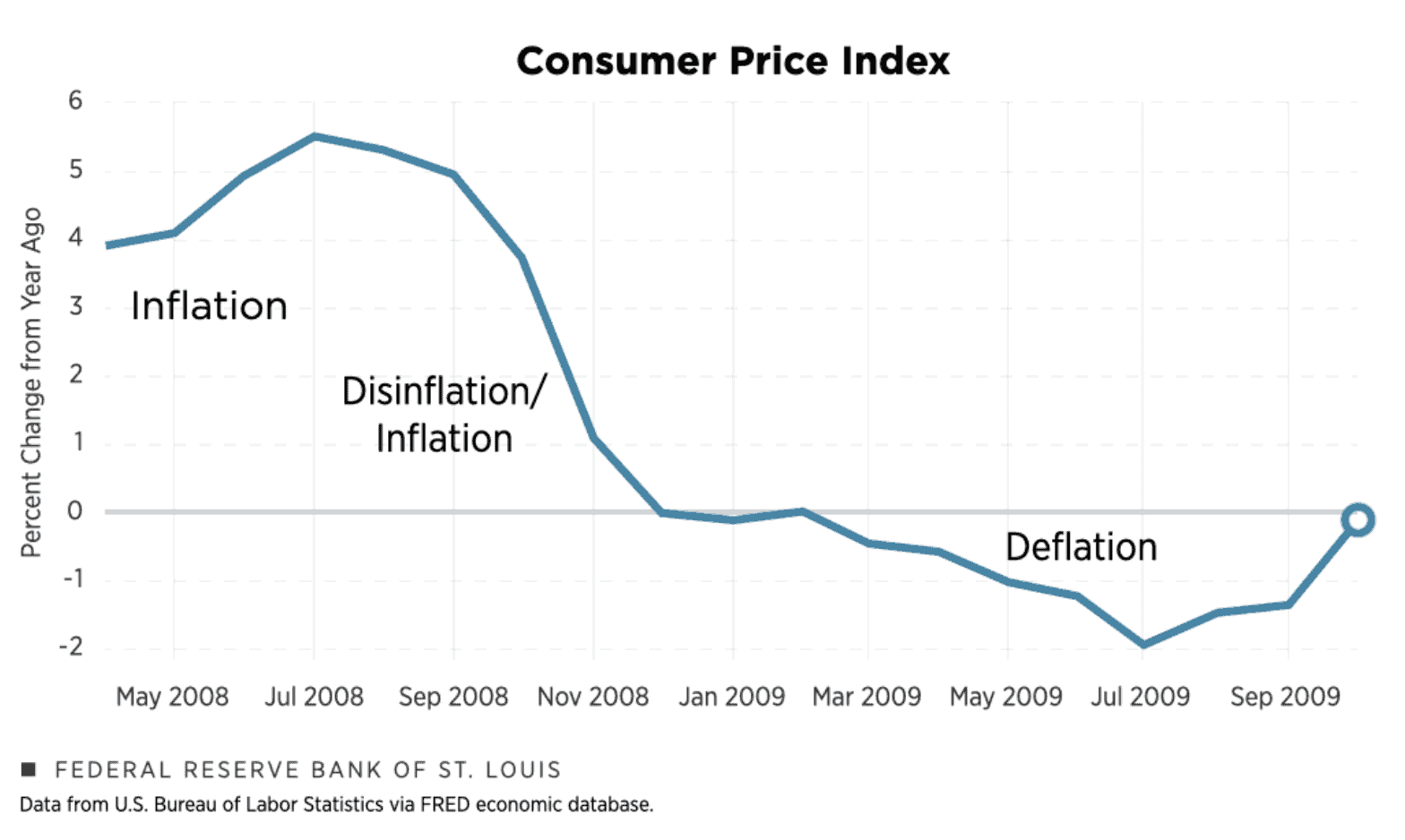The September Consumer Price Index (CPI) report shows disinflation in America, but it’s not as straightforward as it sounds. Let’s break it down for you.
The headline inflation rate dropped to 2.4% in September, a tiny improvement from August’s 2.5%. Stripping out the volatile sectors like food and energy, core CPI told a different story, rising by 3.3% for the year ending in September.
That’s a slight bump from August’s 3.2% increase, which had already inched up from July. The real culprit behind this was the housing market.
Shelter costs fell sharply in September, going from 6.3% in August to 2.7%. This was expected, as private measures had indicated that rent inflation would cool down.
But other categories are now stepping in to push inflation up. Prices for airline fares and car insurance rose, and various other goods and services saw slight increases.
Everything from doctor visits to cars, even books, ticked up.
Disinflation meets surprises
While the Federal Reserve is cooling down the economy, unexpected price hikes keep popping up. A few more months of these core readings, and some people might start worrying.
Sure growth is still above trend, and wages are rising at a solid 4%, so inflation might not settle as quickly as some expect. But it’s not all bad.
Global growth is weakening, households are saving less, and interest rates remain higher than neutral. There’s also room for housing costs to keep falling, which could help ease inflation pressure.
Despite all this, markets barely reacted. The two-year Treasury yields actually fell during the day, meaning investors don’t expect this inflation report to lead to tighter monetary policy.
Bitcoin was equally unimpressed. But the futures market still predicts a 25 basis point cut in interest rates come November, not a pause like most economists believe.
Prices and predictions
Economists insist that all key inflation measures slowed down in September. Both the consumer price index and the core measure, which excludes food and energy, likely rose by 0.1% and 0.2%, respectively, according to a Bloomberg survey.
These monthly increases would still be a step down from August’s. If the numbers align with predictions, the Fed’s next policy decision won’t likely be affected much.
Even if core CPI surprises on the high side, economists don’t believe the report will change the Federal Open Market Committee’s (FOMC) view that inflation is on a downward trend.
Looking deeper into goods, economists see a slight rebound in the prices of used cars after months of falling. That’s bad news for core goods prices.
All these won’t won’t have a major effect on the Fed’s favorite inflation metric, the Personal Consumption Expenditures (PCE) price index.
This index has been sitting closer and closer to the Fed’s 2% target. Morgan Stanley economists pointed out that used cars make up a smaller portion of the PCE basket compared to the CPI basket.





